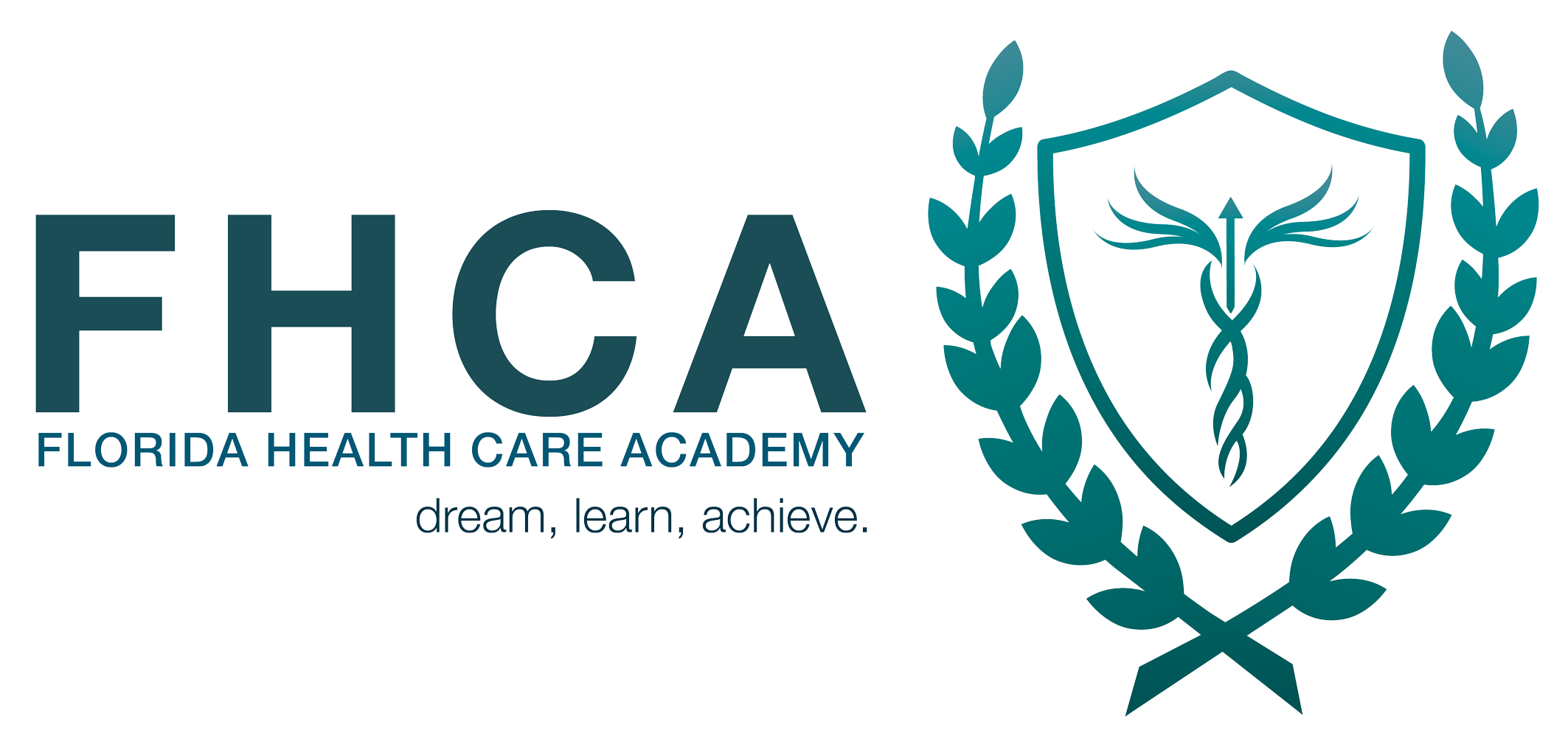Leopold’s Maneuvers – Part I
July 1, 2022Learn about fever, why is it caused and how to mitigate it
September 1, 2022How to alleviate shortness of breath in children
Dyspnea, or shortness of breath, is common among children and one of the most common emergencies for them. Learn more about this condition and how to alleviate it.
My child is having difficulty breathing’ is a frequent consultation in pediatrics. Shortness of breath or dyspnea is an increased effort to bring in or expel air from the lungs, usually due to an obstruction at the level of the airways. It is the most frequent real emergency in children, for which the pediatrician should always be consulted.
What are the causes? The most frequent causes of respiratory distress in children are due to diseases affecting the respiratory tract.
1. Respiratory causes:
Diseases such as asthma, bronchiolitis, laryngitis and pneumonia that produce obstruction to air entry.
Infections or inflammations of the upper airways, which cause an enlargement of the tonsils and/or adenoids (vegetations), and can also cause obstructions in the nose. In the youngest children, under 6 months of age, inflammation of the nasal mucosa due to simple upper respiratory catarrh can cause respiratory difficulty.
Choking on a foreign body (nuts, buttons, small pieces of toys, etc.), although less frequent, is also a cause of respiratory difficulty.
Trauma or major blows to the thoracic region can make breathing difficult due to injury to the lungs or ribs.
2. Non-respiratory causes:
These are generally much less frequent and can range from psychological problems such as anxiety crises to serious generalized diseases or heart problems. How can respiratory distress in children be recognized? Breathing difficulty can manifest itself with the following symptoms:
- Dyspnea: this is the sensation of shortness of breath. In the child we can notice that he/she has to pause a lot when speaking, even between each word, to catch his/her breath.
- Tachypnea: breathing faster than usual, taking air many times.
- Cough: depending on the cause of the cough it will have different characteristics, hollow, irritative etc. or, even, if the child is very fatigued it can be very weak or absent.
- Pulling: as the number of breaths increases the use of the muscles used for breathing increases, and this is reflected in the fact that the child’s ribs are marked and the hollow above the sternum at the end of the neck sinks with each breath.
- Breathing noises: it is the noise that the air makes when passing through the obstructed airways, can be wheezing (whistling) as in asthma or bronchitis, snoring when sleeping as in the obstruction by tonsil hypertrophy and / or adenoids.
- Chest pain: the child may report chest pain due to pneumonia, overuse of the respiratory muscles or after suffering a trauma.
- Cyanosis: appears when the respiratory difficulty is already very important and is the bluish color of the lips, hands or generalized).
- Drowsiness: tendency to sleepiness or decreased consciousness that occurs in more severe situations.
How is respiratory distress in children diagnosed?
The diagnosis will be made by the symptoms presented by the child and by the physical examination. In addition, the pediatrician will often measure oxygen saturation using a pulse oximeter, which is a device that reads the concentration of oxygen in the child’s blood by placing a clamp or band-aid on the child’s fingers or toes. In addition to recognizing the breathing difficulty, the pediatrician will determine what disease is causing it.
In some cases, but not always, a chest X-ray will be necessary to diagnose, for example, pneumonia or a foreign body. And in the most serious causes, which are less frequent, it may be necessary to perform more tests (electrocardiogram, analytical tests, etc.).
How is it treated?
The treatment will be different according to the cause that originates that your child has difficulty breathing and should be indicated by the pediatrician or the doctor and in the most immediate way possible. Only in cases where the child has a known chronic disease and the necessary medication is known because he/she has had more similar episodes, as for example in children with asthma, the treatment can be started at home, without prior consultation with your pediatrician, requesting immediate attention if he/she does not improve or worsens. Treatments used in these situations include:
- Bronchodilators: these are medications that help to open the airway and improve the entry and exit of air into the lungs. They are administered by inhalation through chambers with masks through which the child breathes or nebulized with oxygen.
- Oxygen: used in cases of severe respiratory distress with decreased oxygen concentration in the blood. It is administered in hospitalized children by inhalation through a mask or nasal goggles.
- Antibiotics: they should only be used if they have been indicated by the pediatrician, since they are not necessary in most of the causes that produce respiratory difficulty. They will be used in cases of pneumonia.
- Other drugs: depending on the cause, in anxiety crises sedative drugs can be administered, in laryngitis and bronchial tubes corticosteroids may be needed to help reduce inflammation, etc.

